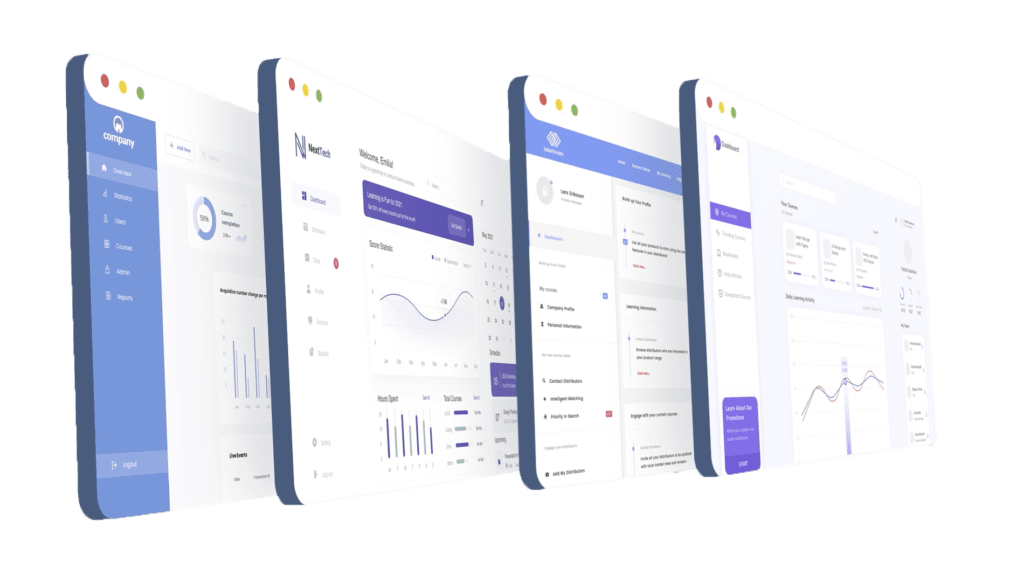In today’s fast-paced educational environment, Learning Management Systems (LMS) are not just optional; they are essential. Integrating various digital tools into these systems can significantly enhance the learning process by creating a seamless, more engaging experience for both students and educators. This article delves into the power of LMS integrations and how they are revolutionizing the way we learn.
What Does LMS Integration Mean?
LMS integration involves linking various digital tools and applications with an LMS to create a more cohesive and efficient learning platform. An LMS is a system designed to manage, deliver, and track educational courses and programs, widely used in the education sector. By integrating systems like digital resources, assessment tools, and communication platforms, these tools can work seamlessly within the LMS framework.
Benefits of LMS Integration
Improved Data Management
Integration allows for the smooth transfer of data between systems, reducing the need for manual data entry and enhancing the ability to track and evaluate student progress.
Enhanced User-Friendliness
By centralizing various tools and platforms within an LMS, it becomes easier for users to navigate and utilize available resources, creating a more user-friendly and unified experience for both teachers and students.
Customized Learning Experiences
LMS integration can enable tailored learning experiences by customizing content and resources to meet individual needs and learning styles.
Increased Efficiency
Integration minimizes the need to switch between different platforms, saving valuable time for both educators and students, thus enhancing overall efficiency.
Expanded Functionalities
By incorporating additional tools and features into an LMS, such as advanced reporting and collaboration tools, the functionalities of the system can be extended, making learning more dynamic and interactive.
Examples of Integrations
Microsoft Teams
Integrating with collaboration platforms like Microsoft Teams allows you to pull important documents and other resources into your LMS for use as training material and knowledge sharing. You can also set up individual or group training sessions and peer support via video conferences. All this data can be collected and analyzed within the LMS.
Video
In addition to storing eLearning content within your LMS, curating content is becoming a popular way to access the latest and greatest learning materials from multiple sources. Courses and tutorials from platforms like Vimeo and YouTube can be integrated and organized within the LMS, tracking teacher interaction.
Financial Systems
Education doesn’t have to be just a cost – with e-commerce integrations like PayPal or Klarna, you can sell learning materials and courses through your LMS, creating new revenue streams for your business.
CRM
Organize training for salespeople, account managers, and even external partners and customers, based on their profile within a CRM like Salesforce.
HCM Systems
Your Human Capital Management software likely contains profiles for your entire workforce. By integrating your LMS with HCM systems like Workday and SAP SuccessFactors, your learning platform can be instantly populated with employee data, organizing training by role, location, and more.
How to Integrate Safely
When integrating software systems, especially those accessed online, strict data security is a crucial consideration. Randomly merging two systems isn’t the way to go, no matter how savvy your IT team is. Established connections are key to ensuring security and future compatibility with your solutions, regardless of who manages your IT.
Authentication should occur via an established identity provider—whether it’s SAML 2.0, Open ID, or OAuth. Single Sign-On (SSO) means users will be able to access multiple systems, including your LMS, with one username and password.
This enables stronger logins (as employees won’t have to simplify them too much to remember many) and when a password needs to be changed, it can be done for all your systems with a single update.
Conclusion
LMS integration is more than just a technical upgrade; it’s a way to reshape and enhance the digital learning experience. By creating a more cohesive, efficient, and adaptable learning environment, we can ensure that both teachers and students have the tools they need to reach their full potential. In a world where digital learning is continually evolving, LMS integration isn’t just desirable—it’s essential to keep pace with the future needs of education.
